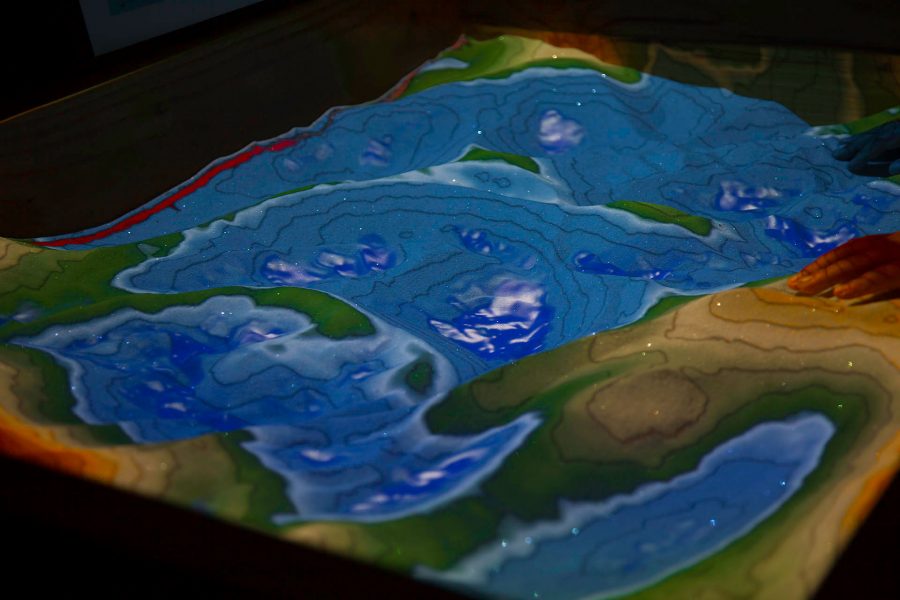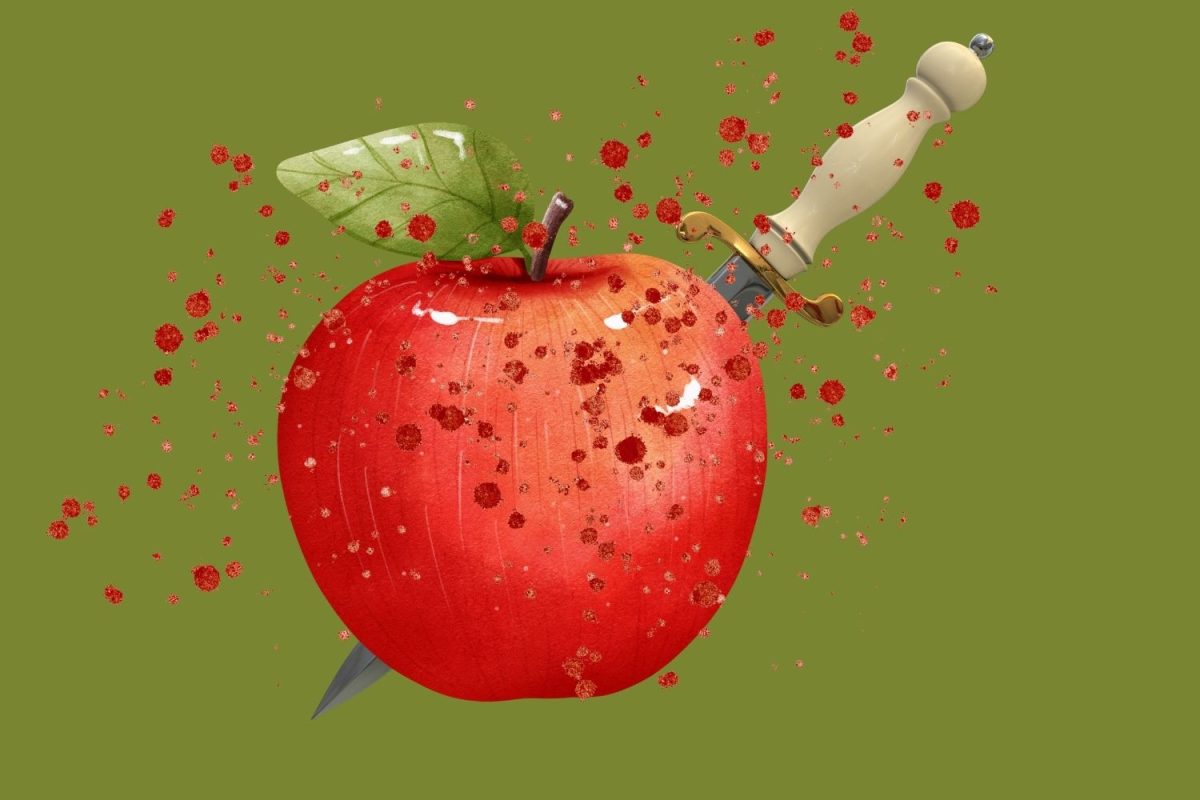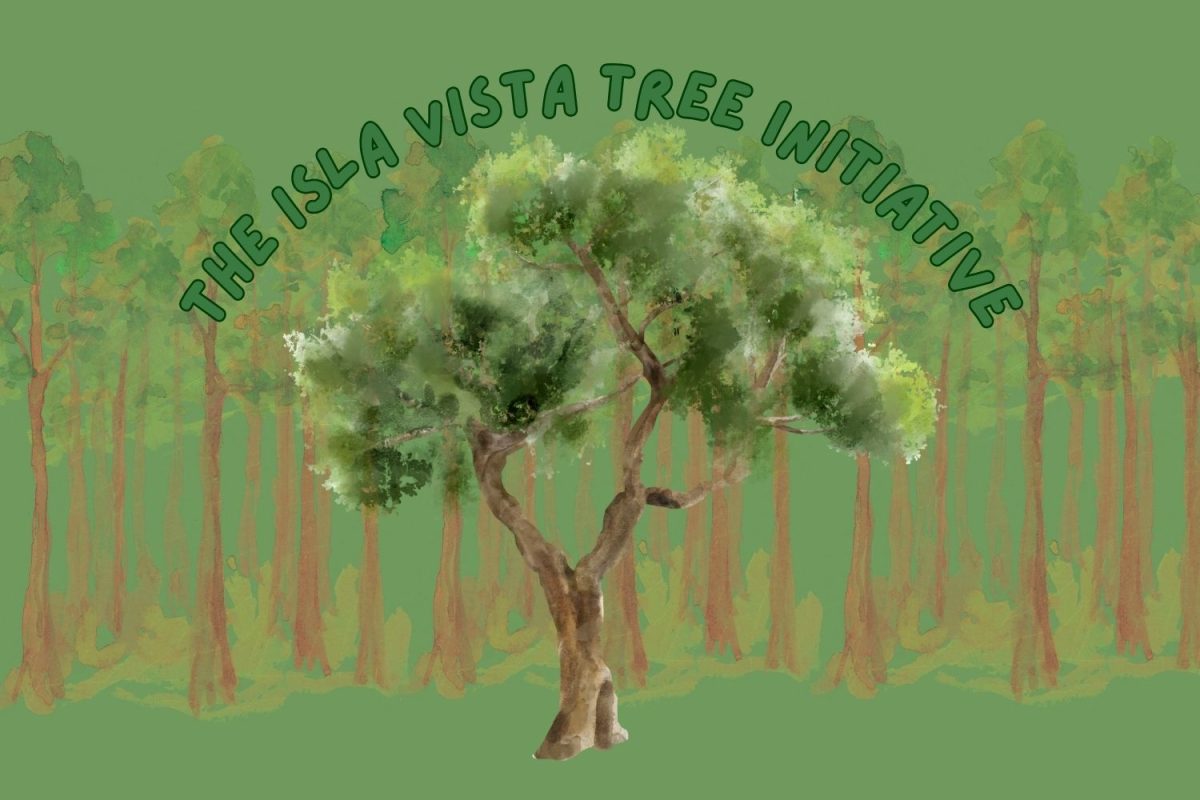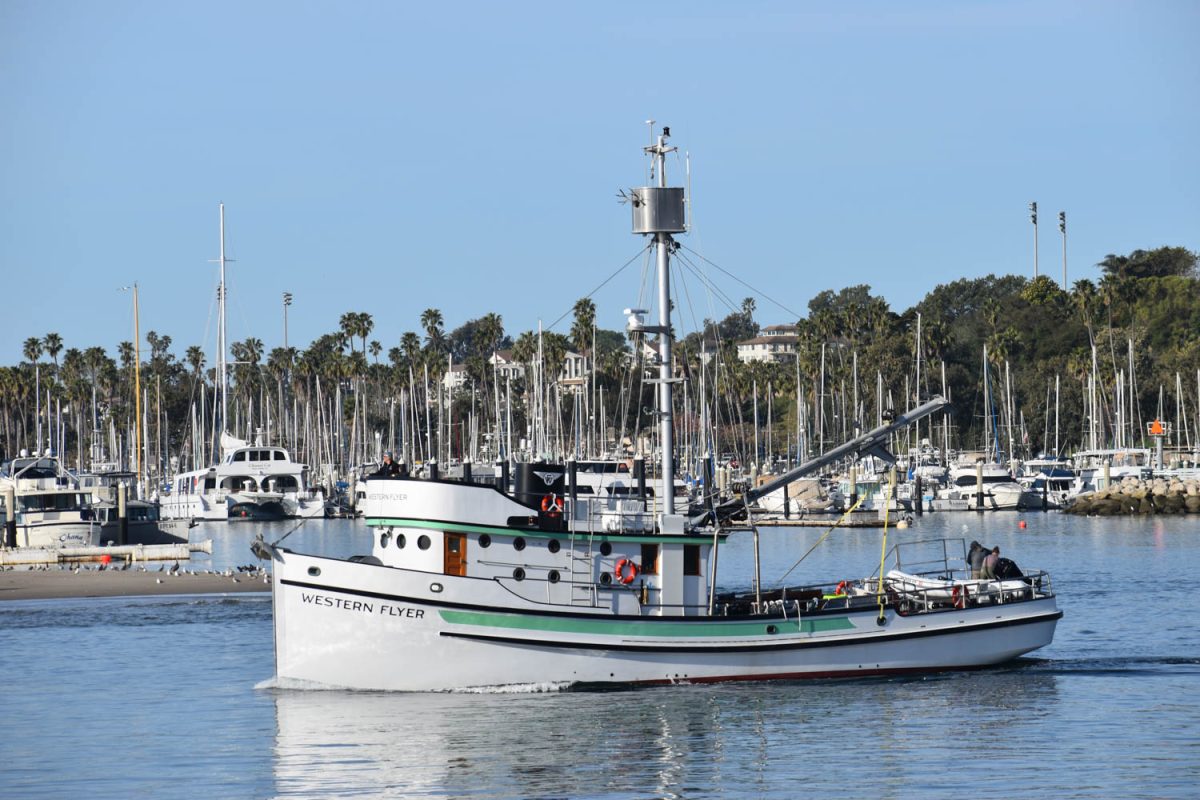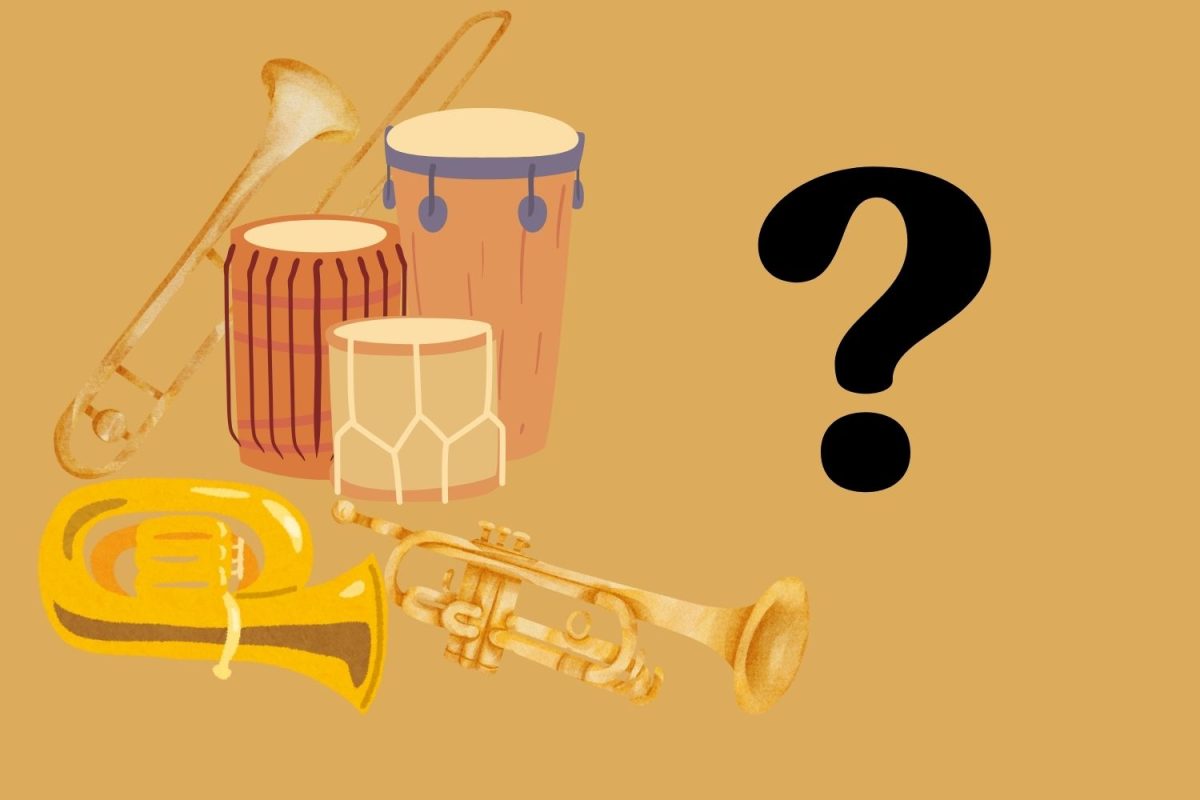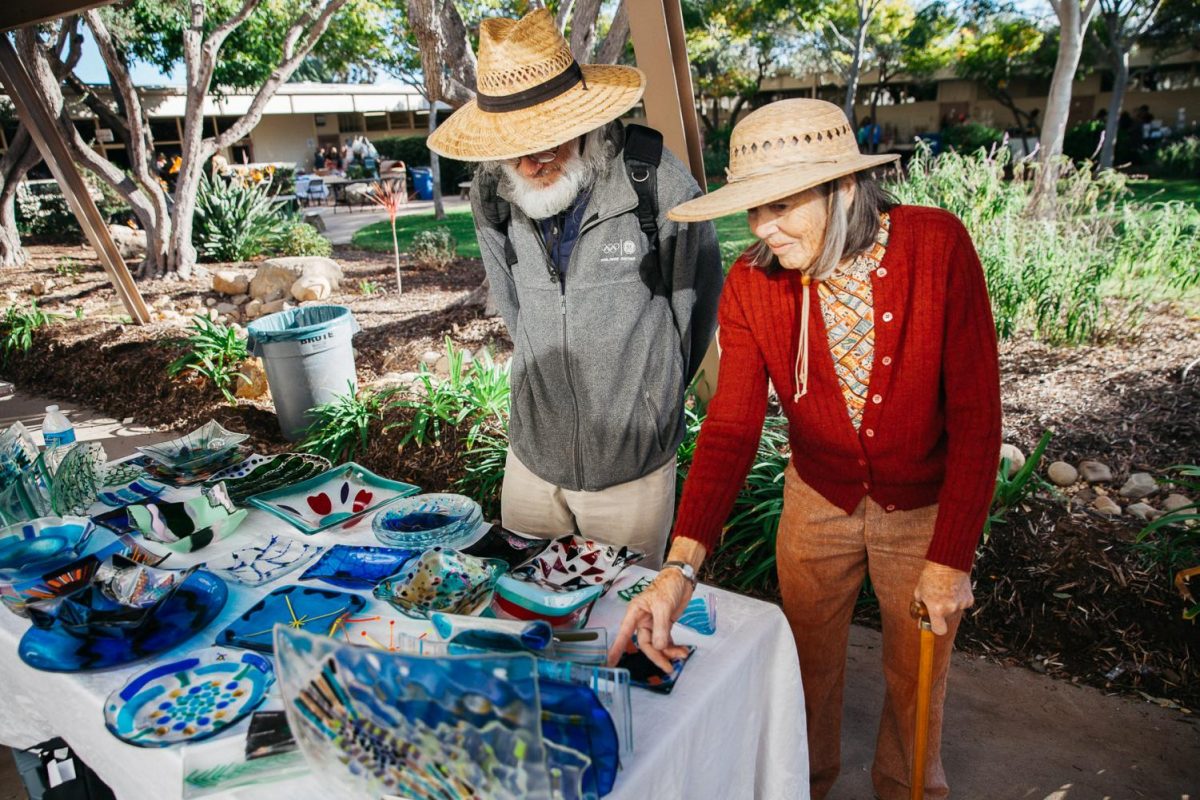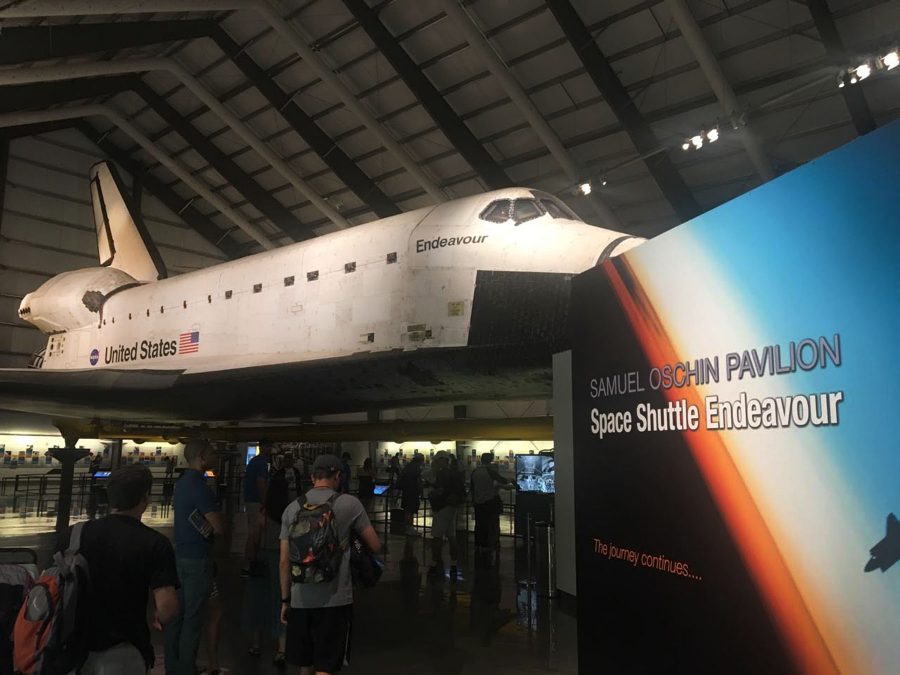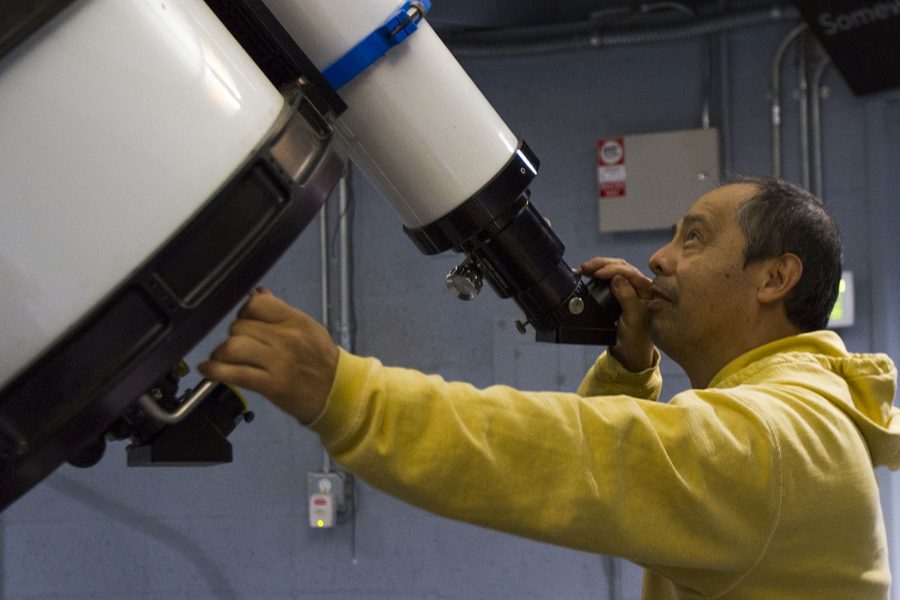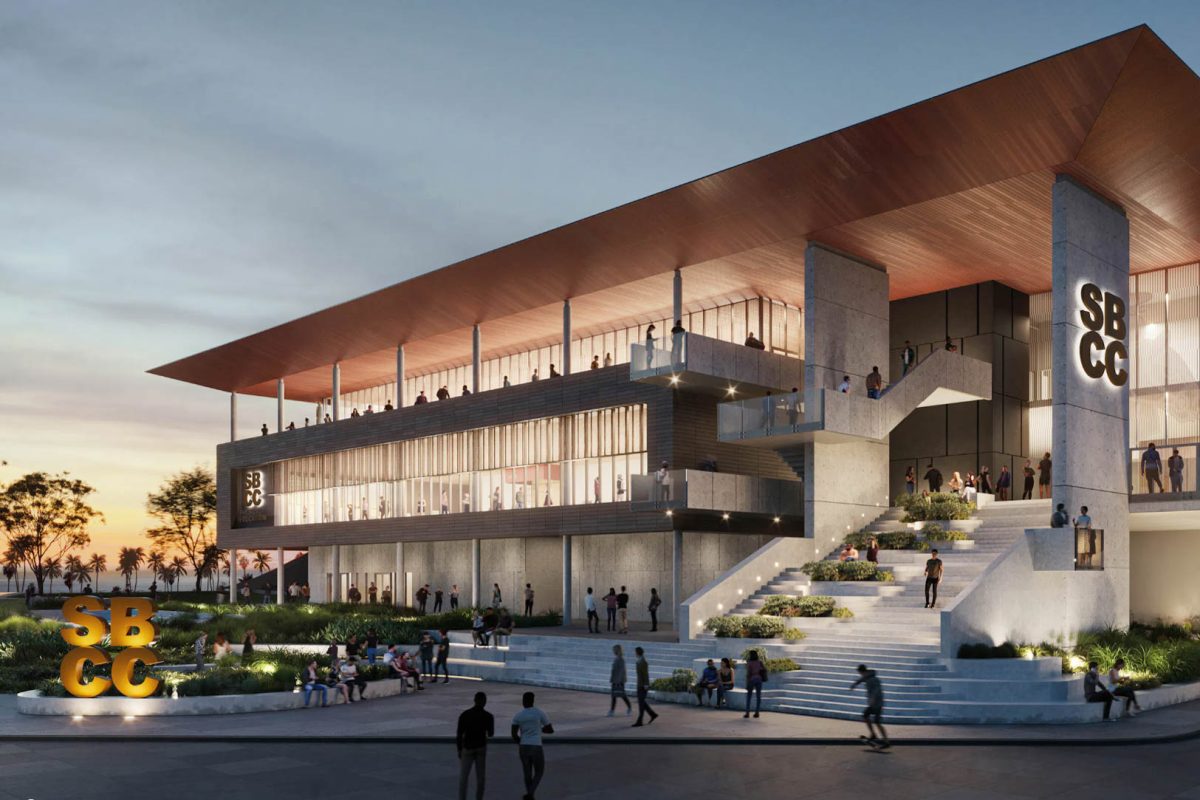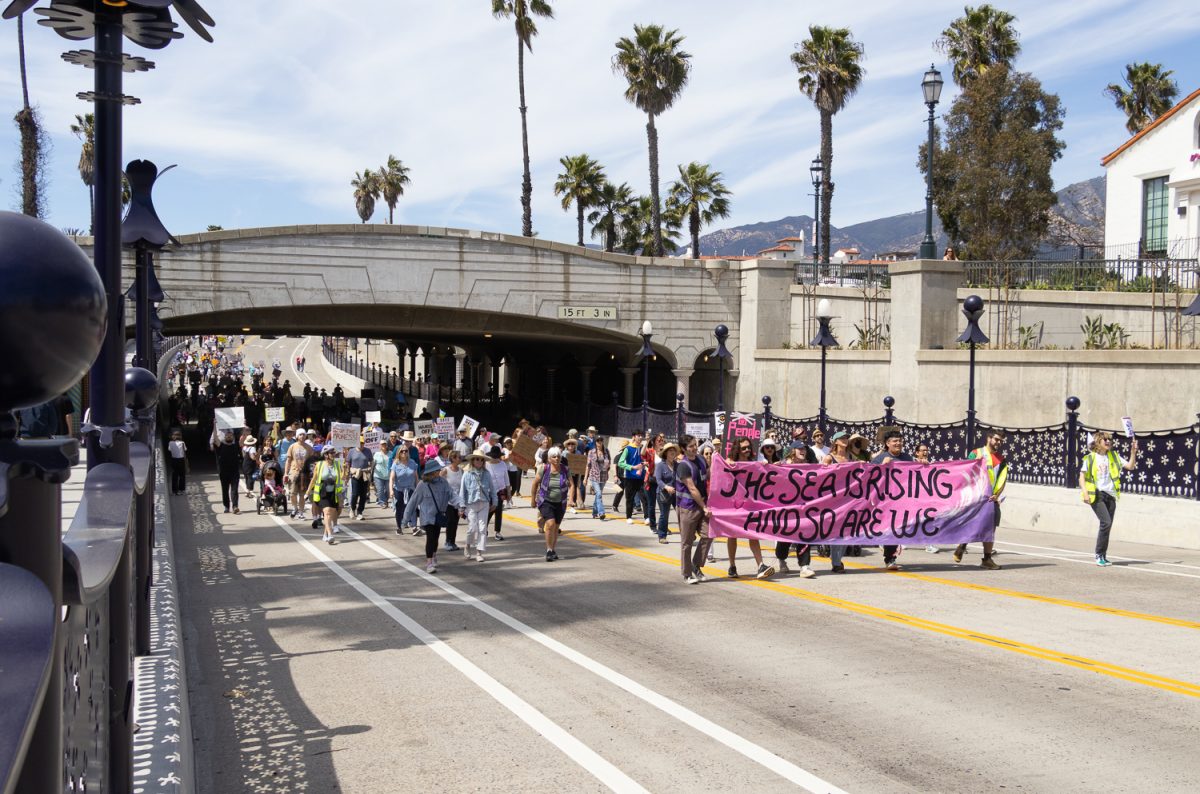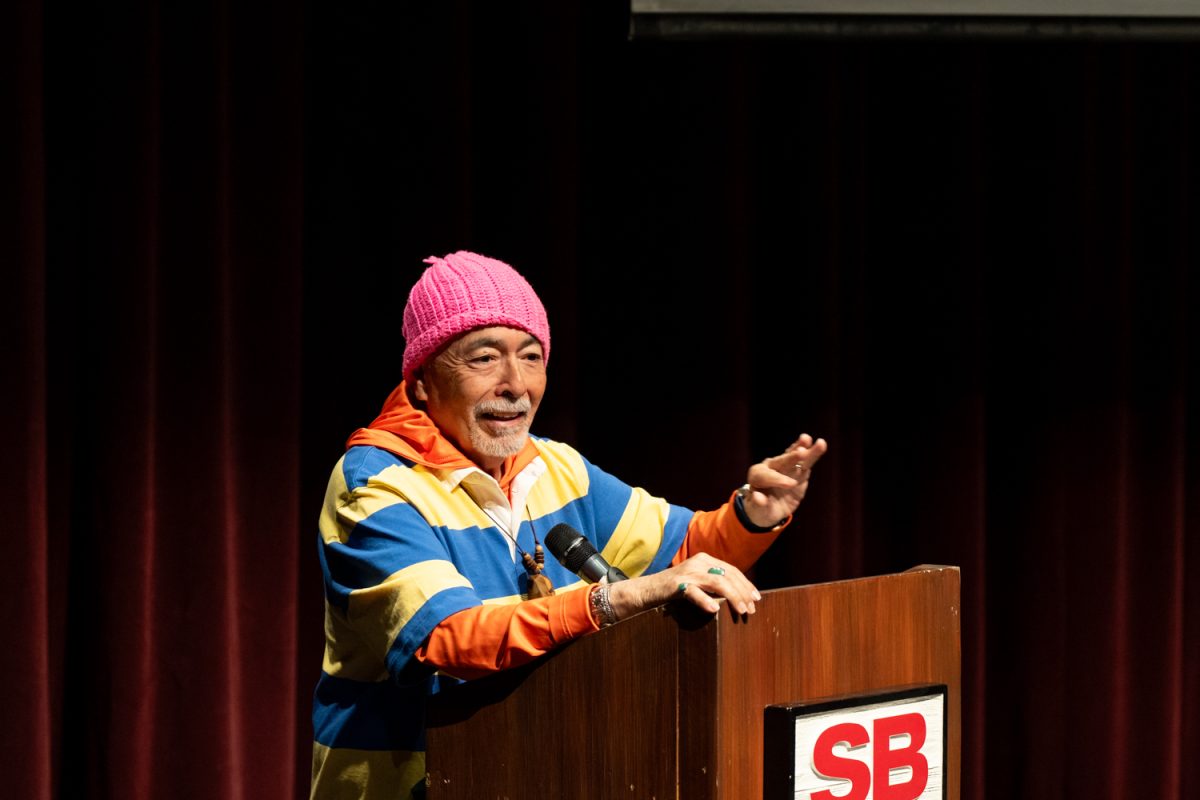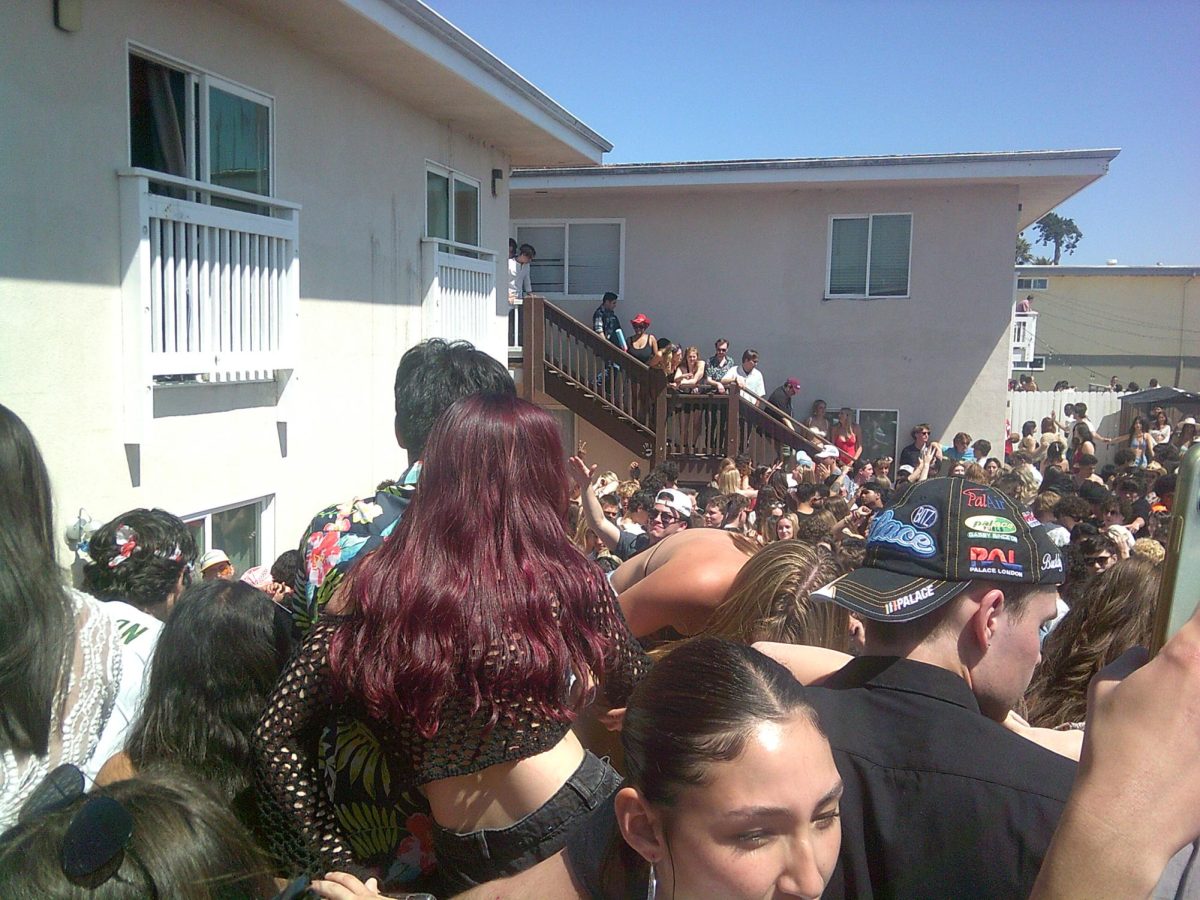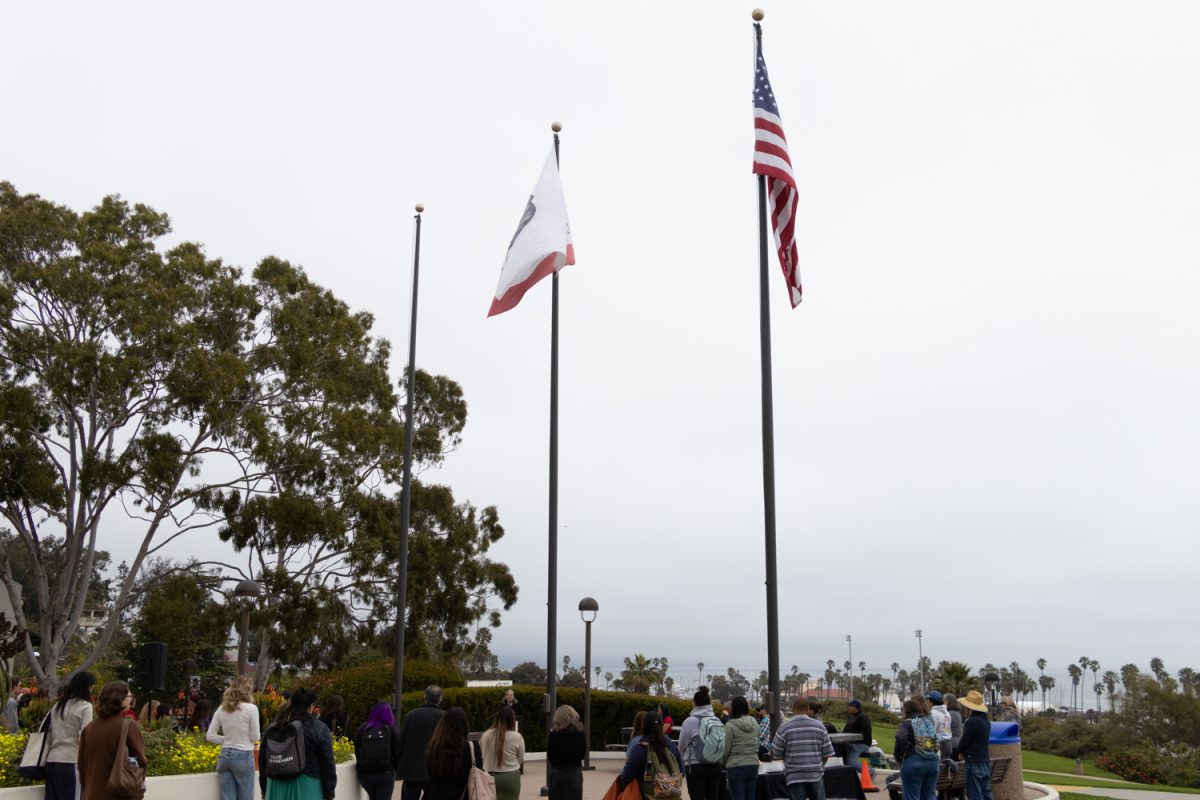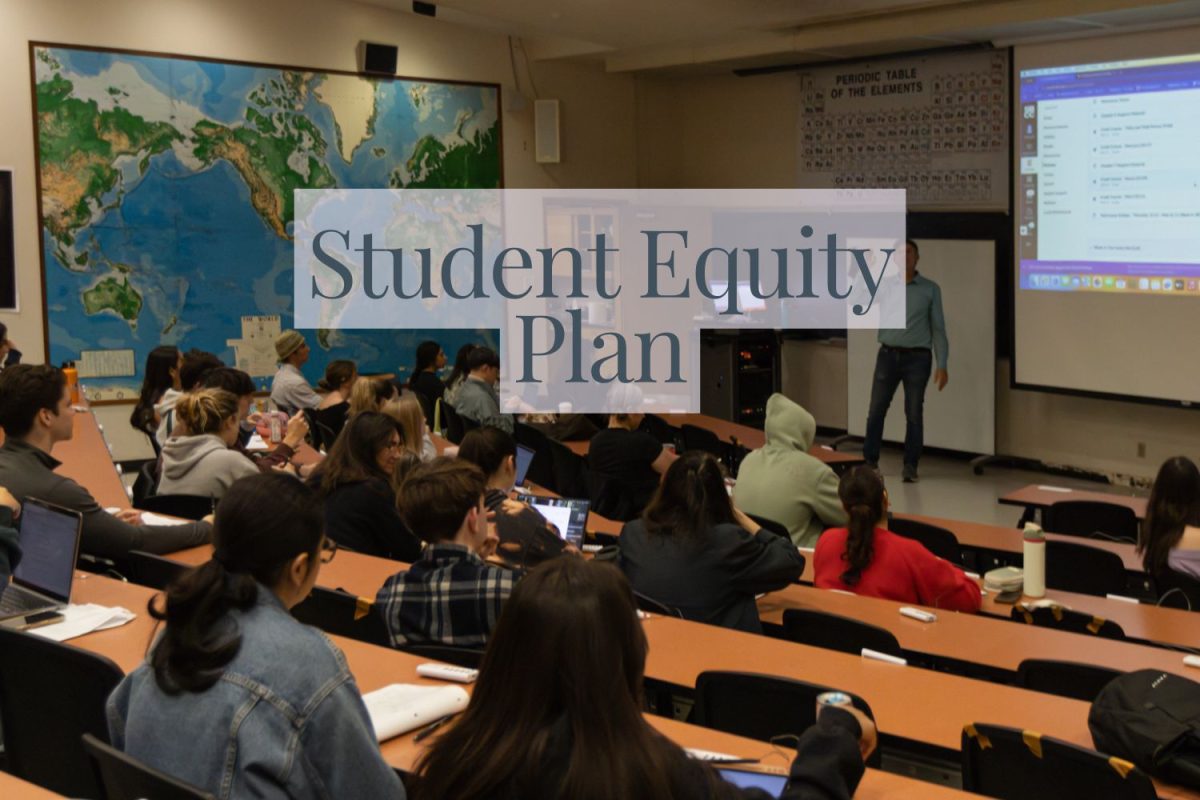Curious minds of all ages gathered Saturday afternoon in the halls and classrooms of City College’s East Campus to experience the spectacle of the annual Science Discovery Day.
Instructors from every branch of science on campus organized exhibitions to promote their disciplines through hands-on experiments and lectures, aided by over 100 student volunteers.
“We’re all trying to outdo each other at this point,” said Dr. Jan Schultz, professor of earth and planetary sciences. “We’re just working on how we can make things better and flashier and more fun.”
Now in its fourth consecutive year, what began as a community outreach event has blossomed into a full-fledged family affair. The attendees, consisting primarily of children and their families, were free to wander the campus at their own pace and visit whichever department interested them most.
The event is presented by the City College Science, Technology, Engineering, and Mathematics Transfer Program. The program aims to assist both Latino and low income students in transferring to a four year institution with a focus in a STEM subject.
Science Discovery Day began as an outreach event funded by the Title V Department of Education grant, the same grant that started the STEM Transfer Program, said Jens-Uwe Kuhn, chemistry professor and event organizer.
The past two years, attendance for this event had been dampened by bad weather. This year however, sparse storm clouds deterred nobody. According to Schultz, the event attracted over 1,000 attendees to the City College campus, nearly 400 more people than last year.
Outside the newly renovated Campus Bookstore, Astronomy Instructor Dr. Sean Kelly donned his white lab coat inscribed with his alias, “Dr. Comet.” Kelly spent the next few hours creating miniature comets made of dry ice, sand, ammonia, rubbing alcohol and coal, while walking guests through the process as if he were a chef on a cooking program.
Inside the first floor of the Earth and Biological Sciences Building, visitors were greeted by the fossilized foot of a tyrannosaurus rex. Microscopes were set out to view various rocks, minerals and crystals collected by the geology department.
A model that depicted marine debris helped onlookers visualize the massive amounts of trash gathered in the ocean. It contained information regarding the Great Pacific Garbage Patch, a collection of microplastics which, contrary to popular belief, typically cannot be seen by the naked eye.
The department offered a number of methods for people to reduce the amount of trash in the Pacific Ocean, including using reusable shopping bags and giving up frozen foods wrapped in plastic.
On the second and third floors of the EBS Building, visitors were able to take hands-on experiments much more literally. Guests could choose to hold a Chilean rose-haired tarantula and corn snake in the live terrestrial animal exhibition, or even a human brain and heart in the biological science department.
Every experiment station in each department was flooded with interested young learners and potential future scientists. Schultz believes that Science Discovery Day has become an integral component to expand the science community at City College, and hopes that the event encourages students to pursue the subject further.
“I want people to see that science is really fun,” Schultz said. “Science is not a scary thing, and City College is a great place to learn it.”
Correction: March 21, 2017
An earlier version of this story misstated that Dr. Jan Schultz was a chemistry professor and event organizer for Science Discovery Day. Schultz is in fact a professor of earth and planetary sciences and was an event facilitator. Professor Jens-Uwe Kuhn however, was an event organizer. The Channels regrets this error.


